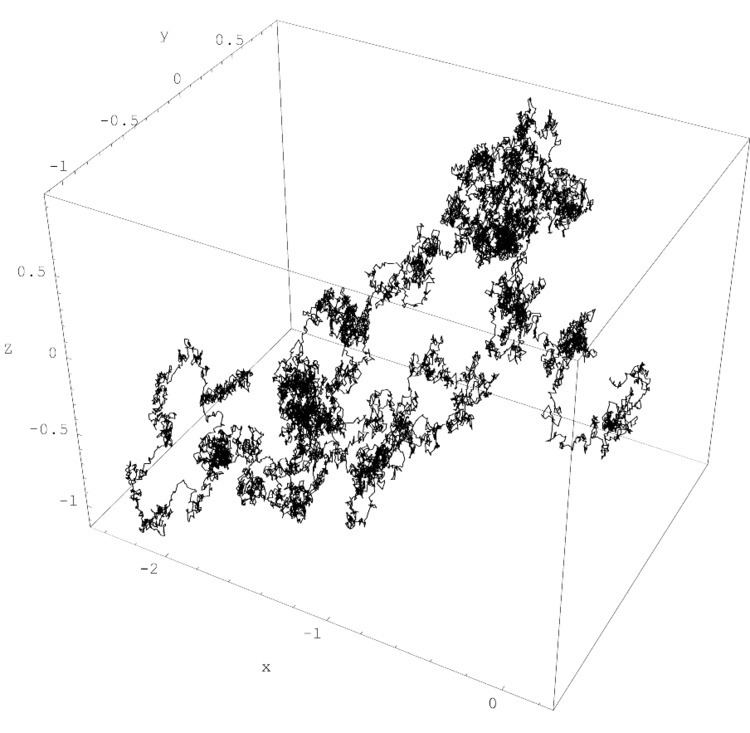 | ||
In probability theory and statistics, the term Markov property refers to the memoryless property of a stochastic process. It is named after the Russian mathematician Andrey Markov.
Contents
- Introduction
- Definition
- Alternative formulations
- Strong Markov property
- In forecasting
- Examples
- References
A stochastic process has the Markov property if the conditional probability distribution of future states of the process (conditional on both past and present states) depends only upon the present state, not on the sequence of events that preceded it. A process with this property is called a Markov process. The term strong Markov property is similar to the Markov property, except that the meaning of "present" is defined in terms of a random variable known as a stopping time.
The term Markov assumption is used to describe a model where the Markov property is assumed to hold, such as a hidden Markov model.
A Markov random field extends this property to two or more dimensions or to random variables defined for an interconnected network of items. An example of a model for such a field is the Ising model.
A discrete-time stochastic process satisfying the Markov property is known as a Markov chain.
Introduction
A stochastic process has the Markov property if the conditional probability distribution of future states of the process (conditional on both past and present values) depends only upon the present state; that is, given the present, the future does not depend on the past. A process with this property is said to be Markovian or a Markov process. The most famous Markov process is a Markov chain. Brownian motion is another well-known Markov process.
Definition
Let
In the case where
Alternative formulations
Alternatively, the Markov property can be formulated as follows.
for all
Strong Markov property
Suppose that
Then
The strong Markov property implies the ordinary Markov property, since by taking the stopping time
In forecasting
In the fields of predictive modelling and probabilistic forecasting, the markov property is considered desirable; such a model is known as a Markov model.
Examples
Assume that an urn contains two red balls and one green ball. One ball was drawn yesterday, one ball was drawn today, and the final ball will be drawn tomorrow. All of the draws are "without replacement".
Suppose you know that today's ball was red, but you have no information about yesterday's ball. The chance that tomorrow's ball will be red is 1/2. That's because the only two remaining outcomes for this random experiment are:
On the other hand, if you know that both today and yesterday's balls were red, then you are guaranteed to get a green ball tomorrow.
This discrepancy shows that the probability distribution for tomorrow's color depends not only on the present value, but is also affected by information about the past. This stochastic process of observed colors doesn't have the Markov property. Using the same experiment above, if sampling "without replacement" is changed to sampling "with replacement," the process of observed colors will have the Markov property.
An application of the Markov property in a generalized form is in Markov chain Monte Carlo computations in the context of Bayesian statistics.
